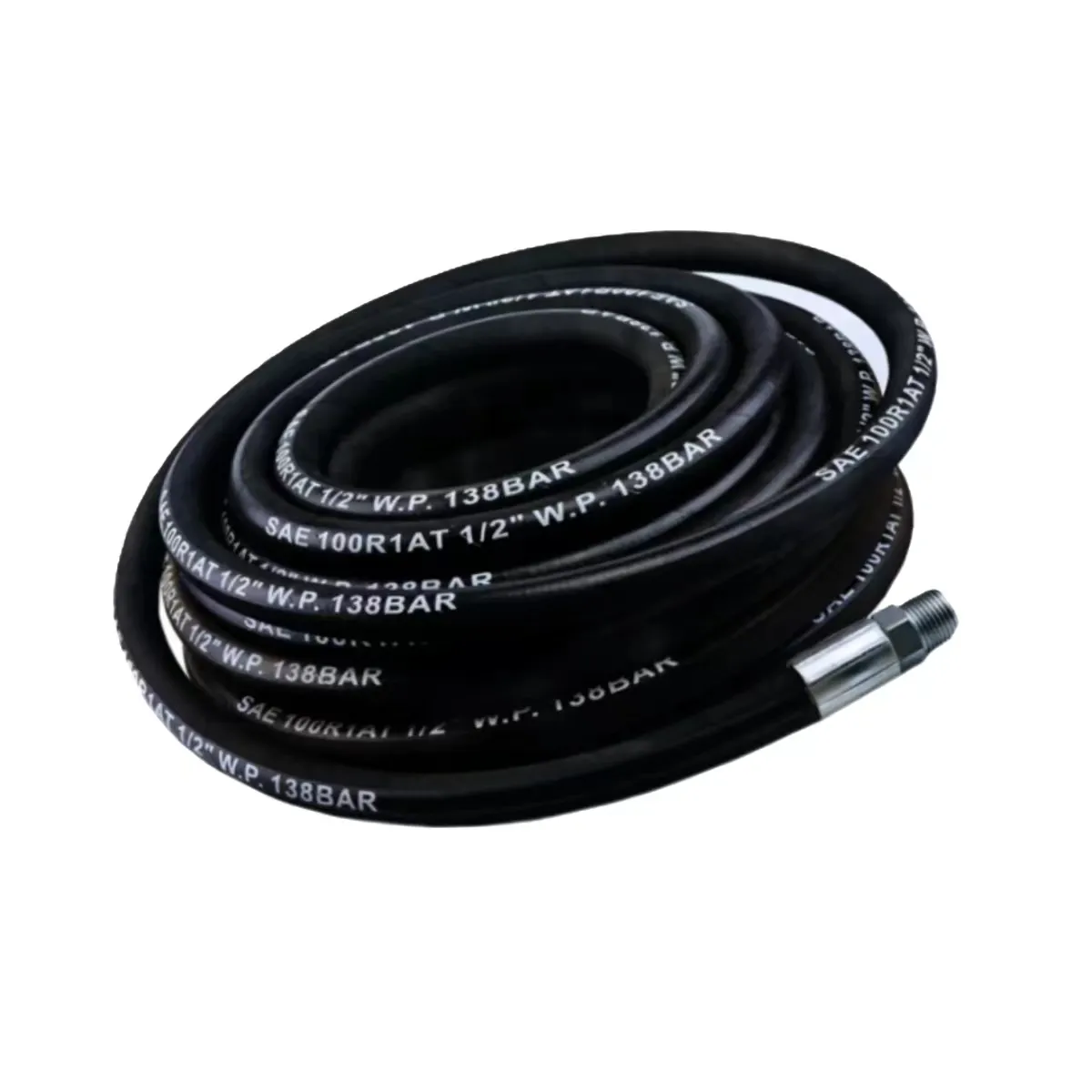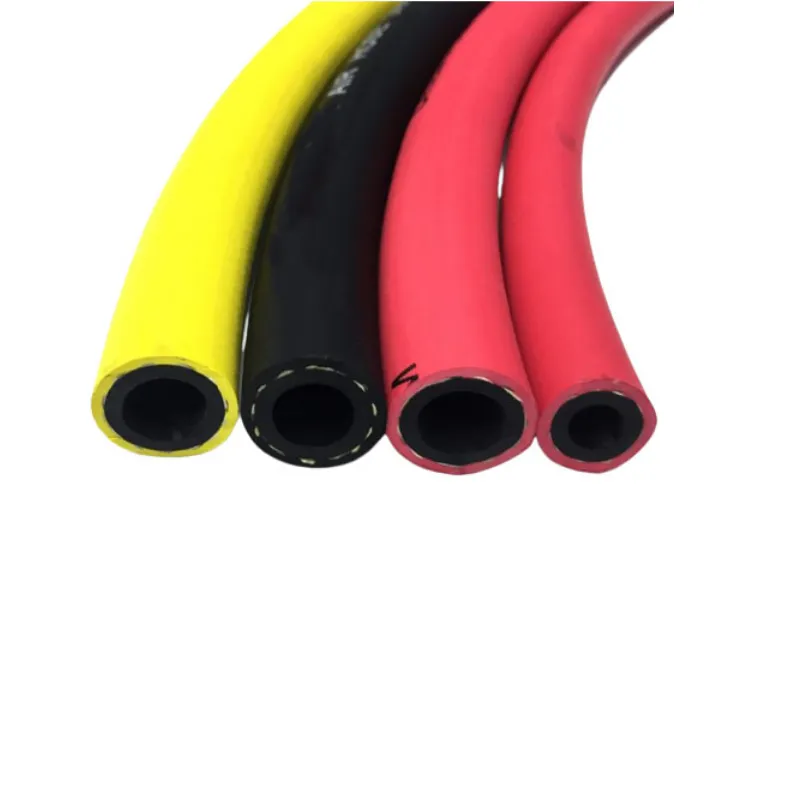
- Afrikaans
- Albanian
- Amharic
- Arabic
- Armenian
- Azerbaijani
- Basque
- Belarusian
- Bengali
- Bosnian
- Bulgarian
- Catalan
- Cebuano
- Corsican
- Croatian
- Czech
- Danish
- Dutch
- English
- Esperanto
- Estonian
- Finnish
- French
- Frisian
- Galician
- Georgian
- German
- Greek
- Gujarati
- haitian_creole
- hausa
- hawaiian
- Hebrew
- Hindi
- Miao
- Hungarian
- Icelandic
- igbo
- Indonesian
- irish
- Italian
- Japanese
- Javanese
- Kannada
- kazakh
- Khmer
- Rwandese
- Korean
- Kurdish
- Kyrgyz
- Lao
- Latin
- Latvian
- Lithuanian
- Luxembourgish
- Macedonian
- Malgashi
- Malay
- Malayalam
- Maltese
- Maori
- Marathi
- Mongolian
- Myanmar
- Nepali
- Norwegian
- Norwegian
- Occitan
- Pashto
- Persian
- Polish
- Portuguese
- Punjabi
- Romanian
- Russian
- Samoan
- scottish-gaelic
- Serbian
- Sesotho
- Shona
- Sindhi
- Sinhala
- Slovak
- Slovenian
- Somali
- Spanish
- Sundanese
- Swahili
- Swedish
- Tagalog
- Tajik
- Tamil
- Tatar
- Telugu
- Thai
- Turkish
- Turkmen
- Ukrainian
- Urdu
- Uighur
- Uzbek
- Vietnamese
- Welsh
- Bantu
- Yiddish
- Yoruba
- Zulu

កុម្ភៈ . 18, 2025 09:03 Back to list
high pressure industrial hose


An oft-overlooked aspect is the fittings and couplings employed with these hoses. Compatibility and quality of these components can significantly affect overall system performance. Poorly-fitted or low-grade fittings can cause leaks and pressure build-ups, which are not just inefficient but potentially dangerous. It's advisable to source these fittings from reputable manufacturers and ensure they comply with industry standards, thus fortifying the integrity and performance of the high-pressure system as a whole. Trust and credibility in industrial components such as these are cemented through certifications and compliance with international safety standards like ISO 6803 and SAE J343. These standards ensure that the hoses have been rigorously tested for performance under specified conditions, and compliance indicates a manufacturer’s commitment to quality and safety. For procurement specialists, verifying these certifications can be a decisive factor, assuring stakeholders of the product's reliability and conformance to global safety benchmarks. Understanding proper maintenance routines furthers the lifecycle and efficiency of high-pressure industrial hoses. Regular inspections for wear and tear, adherence to recommended pressure limits, and preventive replacement schedules should be integral components of any maintenance strategy. Real-life observations have shown that overlooked routine checks, particularly in high-stakes environments like oil rigs and chemical plants, could lead to unexpected failures, project delays, and costly repairs. In conclusion, high-pressure industrial hoses are indispensable to contemporary industrial operations, bridging the gap between robust performance demands and innovative material sciences. They demonstrate a complex convergence of engineering, safety, and economics, continually evolving to meet new industrial challenges. For industry professionals, the roles of understanding specifications, ensuring quality fittings, verifying industry standards, and maintaining rigorous inspection routines cannot be understated. Investment in quality high-pressure hoses yields dividends in terms of enhanced safety, efficiency, and peace of mind, affirming their position as critical components in the industrial landscape.
Latest News
Steel Wire Reinforced Hydraulic Hose SAE 100 R1 / EN853 1SN S
NewsOct.17,2024
Two Layers Steel Wire Reinforced Hydraulic Hose SAE 100 R2 / EN853 2SN
NewsSep.03,2024
Textile Braid Reinforced Hydraulic Hose SAE100 R3+R6
NewsSep.03,2024
Textile Reinforced Hydraulic oil Suction Hose with embedded Steel Wire SAE 100 R4
NewsSep.03,2024
Single Wire Braid and Textile Covered Hydraulic Hose SAE 100 R5
NewsSep.03,2024
High Pressure Thermoplastic Hydraulic Hose SAE 100 R7 / EN855 R7 - SAE 100 R8 / EN855 R8
NewsSep.03,2024
Heavy Duty Four-layer Steel Wire Spiral Reinforced Hydraulic Hose SAE100R9+R10+R12
NewsSep.03,2024
Heavy Duty Multi-layer Steel Wire Reinforced Hydraulic Hose SAE100R13 SAE100R15
NewsSep.03,2024
Latest Products










